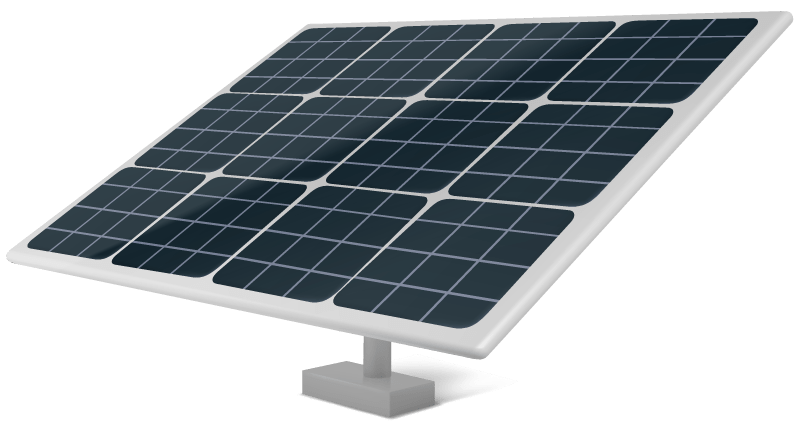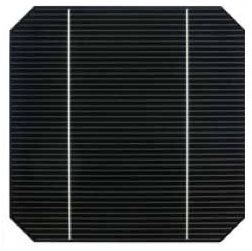Solar Panel Recycling in the San Francisco Bay Area
For only $1.50/lb you can dispose of your solar panels in an environmentally responsible way. Drop them off now at our eco center at 1831 Old Bayshore Hwy, Suite 2, Burlingame, CA 94010.
We are open from Monday to Friday, 10 AM to 6 PM.
(Closed on Major Holidays)

71,799
Business Customers
Served

32,563,956
Pounds of Electronics
Recycled
Are You Located Outside the San Francisco Bay Area?
Mail-In Electronics Recycling
Use our Mail-In Electronics Recycling service to send us electronics from anywhere in the USA
Green Directory
Our Green Directory helps you locate a recycling center near you in just a few clicks.
Safely Recycle Your Solar Panels in the Bay Area—Protect the Environment Today
GreenCitizen makes solar panel recycling easy, affordable, and eco-friendly for homeowners and businesses.
As the demand for clean energy grows, so does the need for responsible disposal of old solar panels. At GreenCitizen, we offer certified solar panel recycling services right here in the San Francisco Bay Area. Ensure your old panels are safely recycled—keeping toxic materials out of landfills and recovering valuable resources. Whether you’re a homeowner or a business, we’re your eco-friendly partner in protecting our beautiful region.
Why Choose GreenCitizen for Your Solar Panel Recycling?
- Convenient Recycling Options: Easy drop-off at our Burlingame location or hassle-free mail-in service from anywhere in the USA.
- Affordable Rates: Only $1.50 per pound—an eco-friendly and cost-effective solution.
- Serving Since 2005: Certified and compliant with environmental regulations, we're trusted by homeowners and businesses across the Bay Area.
- Positive Environmental Impact: Play a part in reducing toxic waste and supporting a sustainable future.
Note: GreenCitizen accepts only intact solar panels that are not broken. Minor damages, like scratches and scuffs, are acceptable, but we cannot accept broken panels.
Why Recycling Your Solar Panels Matters
Reduce Toxic Waste
Solar panels contain harmful chemicals like cadmium, lead, hexavalent chromium, and selenium. Proper recycling prevents these toxic substances from leaching into the environment, protecting our soil and water.
Recover Valuable Materials
Your old solar panels are rich in materials like silver, silicon, aluminum, copper, gallium, indium, and tin. By recycling, you reduce the need for raw material extraction and promote sustainable resource use.
Support Job Creation
Recycling creates opportunities for material recovery and job growth in the recycling industry. According to the International Renewable Energy Agency, by 2030, recoverable materials could be worth $450 million globally—the raw materials needed for 60 million new panels.
Enable a Circular Economy
Join us in supporting a circular economy by reusing materials that would otherwise go to waste, making the solar panel lifecycle more sustainable and efficient.
Types of Solar Panels That Can Be Recycled

Monocrystalline Panels
Made from a single, pure silicon crystal, these panels are known for their high efficiency and longevity. The recycling process reclaims silicon, aluminum, and copper, among other materials. The cells are typically black, indicating high purity, and are encased in durable aluminum frames.

Polycrystalline Panels
Constructed from multiple silicon crystals, polycrystalline panels are slightly less efficient than monocrystalline but still offer excellent recyclability. These panels use blue-colored cells due to the multiple crystal structures and contain materials like silicon, silver, and copper that can be efficiently reclaimed.

Thin-Film Panels
These panels are created by depositing thin layers of photovoltaic material onto a substrate. Materials used include amorphous silicon, cadmium telluride, or copper indium gallium selenide (CIGS). Each type of thin-film requires a specific recycling process due to its unique composition, allowing recovery of valuable materials like cadmium and indium.
The Solar Panel Recycling Process
Recycling solar panels involves a detailed, multi-step process aimed at extracting valuable materials for reuse and ensuring environmental safety. Here’s how it’s typically done:
- Collection and Transportation: End-of-life solar panels are collected from various locations and transported to a specialized recycling facility.
- Pre-treatment and Disassembly: Panels are sorted, and components like aluminum frames and junction boxes are removed for separate recycling.
- Glass Separation: Glass, which makes up 75% of the panel’s weight, is separated for reuse.
- Thermal Processing (for Silicon Panels): Panels are heated to loosen bonds between materials, enabling separation.
- Chemical Treatment: Acids and solvents are used to dissolve bonds and separate semiconductor materials.
- Material Recovery: Valuable materials like silicon, cadmium, and tellurium are recovered.
- Further Processing and Purification: Recovered materials are further refined for reuse.
- Byproduct Handling: Any waste byproducts are managed according to environmental regulations to minimize impact.
How to Recycle Solar Panels with GreenCitizen
Ready to Recycle? Choose the Option That’s Best for You:
Recycling Fee: Only $1.50 per pound—making eco-friendly recycling affordable for everyone.
Join Us in Making a Difference Today!
By choosing GreenCitizen, you’re not just recycling—you’re making a positive impact on the environment and supporting a sustainable future.
Ready to Recycle Your Solar Panels?
Fill out the form below or call us at +1 650 493 8700 [Extension 103] during our office hours, Monday to Friday from 10 AM to 6 PM (closed on major holidays). We’re here to help you recycle responsibly!
